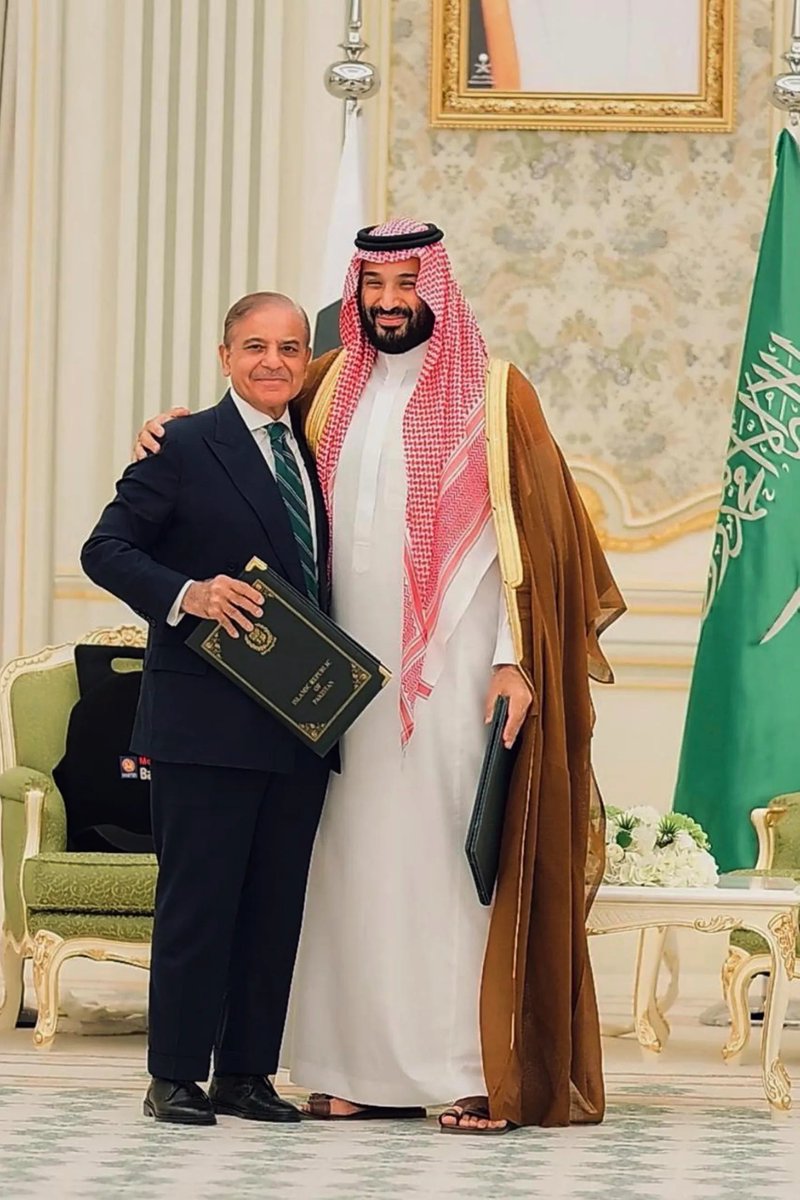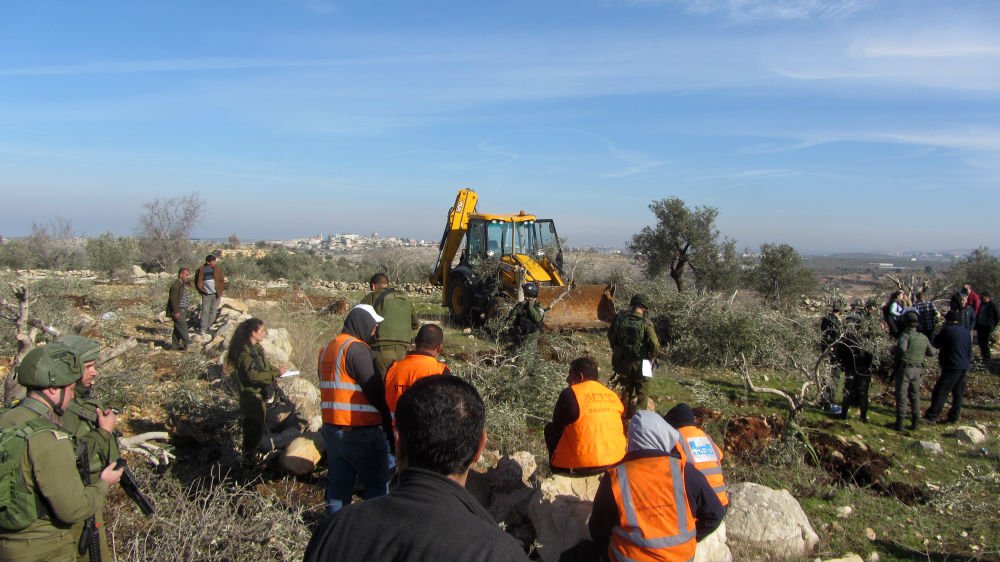Let's step away from Ukraine for a bit. Talk about the Chinese task force south of Australia.
China has been sailing a three ship task force in international waters near NZ and AUS
Here's a thread of what you need to know:
🧵
China has been sailing a three ship task force in international waters near NZ and AUS
Here's a thread of what you need to know:
🧵

1. What ships are involved?
The fleet is composed of three ships. CNS Zunyi (107), frigate CNS Hengyang (568) and fleet oiler CNS Weishanhu (887).
These are two small Type 054A is a multi-role frigates. With a supply ships to extend the fleet's range.
(🧵 2/10)

The fleet is composed of three ships. CNS Zunyi (107), frigate CNS Hengyang (568) and fleet oiler CNS Weishanhu (887).
These are two small Type 054A is a multi-role frigates. With a supply ships to extend the fleet's range.
(🧵 2/10)


2. Has this happened before?
Yes. The PLAN has been doing these sorts of three ships naval operations since 2008 with piracy operations.
Last year, a similar three ship task force visited Egypt and made stops in Morocco and the Seychelles. Even visiting Russia.
(🧵 2/10)
Yes. The PLAN has been doing these sorts of three ships naval operations since 2008 with piracy operations.
Last year, a similar three ship task force visited Egypt and made stops in Morocco and the Seychelles. Even visiting Russia.
(🧵 2/10)

3. Why is it unusual this time?
Previous task forces ops scope was westward. Indian Ocean to combat piracy. Or good will visits to Africa and Europe.
This is unusual because a live fire exercise . Between NZ and AUS - allies of the US, and disrupted air travel.
(🧵 4/10)
Previous task forces ops scope was westward. Indian Ocean to combat piracy. Or good will visits to Africa and Europe.
This is unusual because a live fire exercise . Between NZ and AUS - allies of the US, and disrupted air travel.
(🧵 4/10)

4. What is the military point of this?
Its testing the PLAN's naval capabilities and logistics. This is gathering data on how it can perform naval operations in a new area.
Those are:
Madura Strait
Solomon Sea
Coral Sea
Tasman Sea
Indian Ocean near Perth
Thes are major sea routes for naval dominance in the South Pacific and the First Island Chain.
Madura Strait in the Philippines is a major transit point through the First Island Chain.
The Solomon, Coral, and Tasman Seas are major strategic sea routes to the South Pacific, Australia and New Zeeland.
(🧵 5/10)
Its testing the PLAN's naval capabilities and logistics. This is gathering data on how it can perform naval operations in a new area.
Those are:
Madura Strait
Solomon Sea
Coral Sea
Tasman Sea
Indian Ocean near Perth
Thes are major sea routes for naval dominance in the South Pacific and the First Island Chain.
Madura Strait in the Philippines is a major transit point through the First Island Chain.
The Solomon, Coral, and Tasman Seas are major strategic sea routes to the South Pacific, Australia and New Zeeland.
(🧵 5/10)

5. What else it it testing?
Its also reconnaissance. Testing Australia, NZ, Philippines, and the U.S. to gauge their military and political reactions.
Live fire drills are a test.
If Australia and the U.S. do not react strongly, it shows China can increase its naval presence in the region without major consequences.
If Australia reacts aggressively, China can use that response to justify further military buildup in the South Pacific.
It gives them a shape of the military response. But also the political one. Which is great data for future maneuvers. Political and miltiary.
(🧵 5/10)
Its also reconnaissance. Testing Australia, NZ, Philippines, and the U.S. to gauge their military and political reactions.
Live fire drills are a test.
If Australia and the U.S. do not react strongly, it shows China can increase its naval presence in the region without major consequences.
If Australia reacts aggressively, China can use that response to justify further military buildup in the South Pacific.
It gives them a shape of the military response. But also the political one. Which is great data for future maneuvers. Political and miltiary.
(🧵 5/10)

6. What is the domestic political message?
The PLA Navy’s ability to operate in blue waters demonstrates that military reforms are working.
It is a symbol showing the fleet is capable of operating far from home - and generate fear in Western naval powers. It is a statement of equality in a chaotic time.
This tells the domestic audience: “We are no longer a regional power confined to our coastline. We now project strength globally.”
Whether or not that is true is irrelevant.
The PLA Navy’s ability to operate in blue waters demonstrates that military reforms are working.
It is a symbol showing the fleet is capable of operating far from home - and generate fear in Western naval powers. It is a statement of equality in a chaotic time.
This tells the domestic audience: “We are no longer a regional power confined to our coastline. We now project strength globally.”
Whether or not that is true is irrelevant.

7. Where is this fleet actually going?
Judging by the current route? It looks like it will make a loop around Australia. Into the Indian Ocean.
That leaves three routes back to their naval base.
Sunda Strait, Lombok Strait, or their original route through the Philippines and Banda Sea.
These would place the fleet in the Java Sea.
Were it can make a transit back the original route. If they feel more daring? They might go north into the South China Sea. This is a statement btw.
Means the PLA Navy has the ops range to sail AROUND Australia and into disputed waters in the SCS.
(🧵 7/10)
Judging by the current route? It looks like it will make a loop around Australia. Into the Indian Ocean.
That leaves three routes back to their naval base.
Sunda Strait, Lombok Strait, or their original route through the Philippines and Banda Sea.
These would place the fleet in the Java Sea.
Were it can make a transit back the original route. If they feel more daring? They might go north into the South China Sea. This is a statement btw.
Means the PLA Navy has the ops range to sail AROUND Australia and into disputed waters in the SCS.
(🧵 7/10)

8. How does this naval deployment fit into China’s broader military strategy?
This confirms that the PLA Navy is an emerging blue water force. Capable of sustained operations far from China’s shores.
By circling Australia and conducting live-fire drills, China proves it is no longer confined to coastal defense or the first island chain.
Showing that Chinese warships can project power not just into the South China Sea or Indian Ocean. But can enter new naval theaters - without support from bases.
Rising great powers attempt to do power projection. This fits into the naval and military reforms of the last 10 years.
(🧵 8/10)
This confirms that the PLA Navy is an emerging blue water force. Capable of sustained operations far from China’s shores.
By circling Australia and conducting live-fire drills, China proves it is no longer confined to coastal defense or the first island chain.
Showing that Chinese warships can project power not just into the South China Sea or Indian Ocean. But can enter new naval theaters - without support from bases.
Rising great powers attempt to do power projection. This fits into the naval and military reforms of the last 10 years.
(🧵 8/10)

9. What will be the AUSNZUS response?
Expect increased surveillance, intelligence sharing, and joint naval drills from Australia, NZ, Philippines, US, Taiwan, and Japan.
With an increase in the South Pacific. But also naval interdiction routes that lead to it. The strategic buffer of the 1st and 2nd island chains have been tested.
Australia may fast-track its AUKUS nuclear submarine program. The U.S. could expand military drills in the South Pacific.
Expect increased surveillance, intelligence sharing, and joint naval drills from Australia, NZ, Philippines, US, Taiwan, and Japan.
With an increase in the South Pacific. But also naval interdiction routes that lead to it. The strategic buffer of the 1st and 2nd island chains have been tested.
Australia may fast-track its AUKUS nuclear submarine program. The U.S. could expand military drills in the South Pacific.

10. Will the PLA sail more task forces?
Very likely. The current task force has two destroyer types. Type 55 and Type 54A. Which are major escort ships for any larger naval task force or expeditionary unit.
What you need to look for? The presence of the new carriers or amphibious assault ships.
This would signal intent to build marine expeditionary forces. Or carrier task forces that can operate into the South Pacific or beyond the Indian Ocean.
This task force is the first of several in the South Pacific. You need to watch frequency, basing rights, and task force composition.
How naval power projection evolves? Signals nations ambitions
(🧵 10/10)
END

Very likely. The current task force has two destroyer types. Type 55 and Type 54A. Which are major escort ships for any larger naval task force or expeditionary unit.
What you need to look for? The presence of the new carriers or amphibious assault ships.
This would signal intent to build marine expeditionary forces. Or carrier task forces that can operate into the South Pacific or beyond the Indian Ocean.
This task force is the first of several in the South Pacific. You need to watch frequency, basing rights, and task force composition.
How naval power projection evolves? Signals nations ambitions
(🧵 10/10)
END


EDIT:
One is Type 55 Frigate and the Type 54A.
One is Type 55 Frigate and the Type 54A.
• • •
Missing some Tweet in this thread? You can try to
force a refresh





















